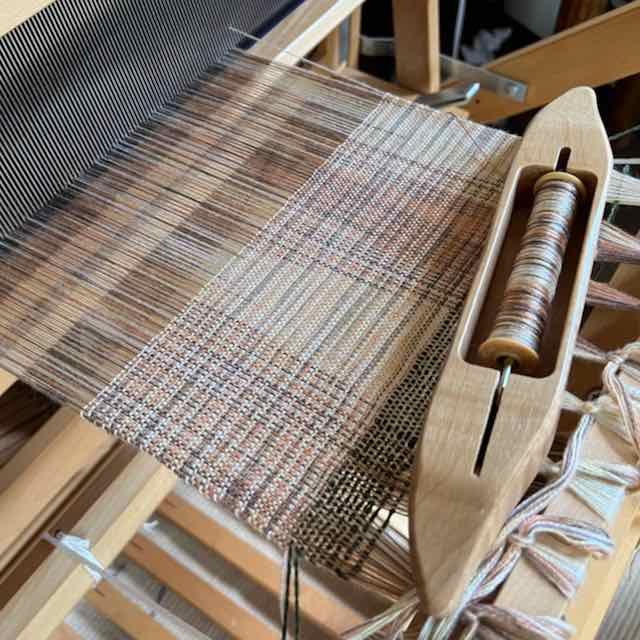The connecting thread: Diversity & Climate

A few weeks ago I wrote about my personal view of diversity, using a tapestry metaphor that celebrated different colors instead of a melting-pot model that destroys them.
Around the time I wrote that, I saw a combined concert and lecture of “indigenous jazz”, starring and convened by Delbert Anderson, the great Diné (Navajo) trumpeter and world-class relationship-builder. (For more on him, see the recent New York Times article).
A theme that ran through this great event was the land. The land, sacred to the Diné and many other indigenous cultures, is common to us all and should unite us rather than separate us. I was drawn back to the weaving metaphor. In weaving, there are two kinds of threads. The “warp” is the threads that are strung tightly on the loom, providing the structure. The “weft” is the different threads that are then woven back and forth across and through the warp, creating what we then see as a newly-created piece of material. I began to think of the land as the warp of our tapestry, the common element that holds all the diverse pieces together. If the warp were somehow pulled from a piece of woven fabric, the separate threads would simply fall to the ground in random piles.
That, in turn, made me think of climate change. We are not destroying the land, but we are certainly in the process of destroying the land as we know it.
And that destruction will be impressive in its inclusiveness. There will be no place to hide from climate change. No one will be immune. Yes, wealth will enable some to cushion or delay the impacts. Yes, the burdens – from flooding to increased food prices to heat waves – will fall more heavily on low-income individuals and on the same communities that have been disproportionately burdened with environmental and other costs of development. Yes, adaptation dollars will be skewed toward protecting economic rather than cultural value. Yes, climate change will be inequitable.
But it will not be avoidable. At its core, climate change will affect everyone. Business leaders are finding that their operations, markets and supply chains are getting more vulnerable; no amount of lobbying in Washington can change that. Business executives are finding that their homes in Colorado are vulnerable to increased wildfires and their places in Florida are vulnerable to increased flooding; they get no exemptions from those risks.
Addressing climate change meaningfully should be the warp in our tapestry, something that unites us and draws on our diversity. That’s the challenge. It requires looking for solutions beyond our own ideas and taking actions beyond our own immediate interests. It means realizing that no thread stands on its own.
That’s also our choice. We can use climate to unite or divide. We have much more hope of progress, and much more to gain, by using it to unite. That doesn’t mean enabling insincere objections from those with dubious political or economic agendas. It does mean recognizing why some who have made careers from technology continue to put their faith in technology as the solution, even if we disagree. It does mean looking at adaptation as a variable-sum gain where we are all going to win or all lose, rather than as a zero-sum game where I protect my assets rather than protecting your livelihood or culture. It does mean having more of those quiet climate conversations I’ve discussed before. It’s a choice every one of us can make.

Member discussion